HOW TO RECOGNIZE AND REPORT TRAFFICKING
The top calls to the National Human Trafficking Hotline were made by community members – that’s you! Interactions with friends and family has been found to be the number one point of access for potential help. Many trafficking victims do not often ask for help for a variety of reasons: they do not see themselves as a victim, fear of law enforcement or of trafficker retaliation, or they’re unaware of what other options they would have if they tried to leave.
It is our responsibility as a community to be able to recognize signs of trafficking and safely report it to the correct authorities or groups so that victims have the opportunity to get the help they need.
New gifts (i.e. cell phone or jewelry)
Unexplained bruises, injuries, tattoos, or burns
Few or no personal possessions
Lack of knowledge of their community or whereabouts
Not in control of own identification
Signs of undernourishment
Not allowed to speak for themselves
Demeanor: fear, anxiety, depression, submissive, tense, nervous, mood changes often
Unpaid or paid very little, not in control of own money
Evidence of being controlled
Evidence of an inability to move or leave a job
Lack of passport, immigration or identification documentation
HOW TO MAKE A REPORT
Stay safe - do not put yourself or the victim in danger.
Be observant - Write down anything you observe about the situation such as license plate numbers, identifying features of all parties involved, locations, dates, etc.
If someone is in immediate danger or there is an emergency, call 911 before calling a trafficking hotline.
Report a tip online or by calling a trafficking hotline. If you are in the DFW area, contact the Rescue Her Hotline at 817-891-2093. If you are outside the DFW area, contact the National Human Trafficking Hotline at 1-888-3737-888. Or text HELP or INFO to BeFree (233733)

